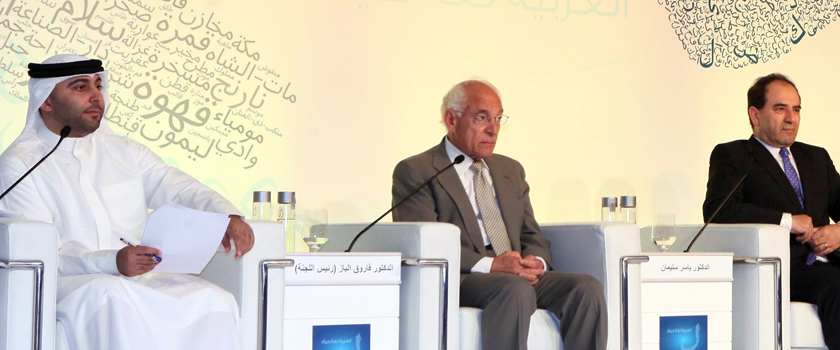2025 Offer Request a Quote Today and Grab a $50 Coupon for Free!
With the continuous advancement in translation technology, this debate has quite been a trend whether the future belongs to translation technology or human translators. Translators are also under the effect every now and then where they suffer through insecurities in terms of jobs and finances. The relationship between translation technology and the human brain, however, is obvious. Ironically, the translation technology was also initiated by a human, but this invention is now making humans insecure and questioning their credibility and worth.
Translation technology is a process that assists and supports the process of translation or converting a text from a source language to a target language. It involves the use of tools and software.
As technology is there in every field and domain playing its role, minimizing the work, sharing the workload, and reducing time; similarly translation technology and tools help to increase productivity, accuracy, and overall.
The translation is a process that the human brain started to apprehend and interpret initially. They are experts in particular languages and translate the content from a source language to a target language. It is a process that deals with the written text and bridging the gap between two languages by translating it from one language to another. Interpretation is also involved in translation as translating the content is not possible without a source document. Translations are not supposed to be literal or word to word, these rather have to be fluent and with the relevant content.
Translation technology, though, got into trend and massive use just recently, however, it was invented way ago.
The translation software, machine translation, and every related search are all part of translation technology. It was invented back in 1954. This happened as a result of the collaborative efforts of Georgetown University and IBM. The results were quite successful with the usage of six grammar rules and 250 words in the database enabling grand and sound research on machine translation. A few methods which were in use by technologists are:
Translation technology has been much in demand lately. Recent advancements have made it quite significant for the use of translation. Initially, translation technology included particular words from dictionary programs, over a period of time it got improved with the long translation of texts and also started to facilitate complex sentences. Translations are now being carried out automatically. Starting from selective words in a dictionary to compound sentences and complex sentence structures have also been added to the database, progressing for better over the years.
Translation technology, no matter how much it gets progressive and advanced will yet always need humans to work on it to improve the system and make changes, fixing glitches. So, the human brain is unlikely to get replaced with translation technology. The relationship is quite complex where translation technology does need humans to deal with the issues and a human brain for the fixing. However, on the other end, the human brain can ace the work without a machine translation. Translation technology will have to take really long to get the context, crux, and background of a text during translation.
Localization is an advanced process of translation, where it is not all about translating the content from one language to other. It also involves the transferring of the content in terms of keeping the meaning and style the same and intact. So, technology can barely get the essence, meaning, and style. For this it needs to analyze the source text, linguistic structure, and expression of the thoughts and feelings and technology is not aware of the feeling fact. It doesn’t deal with the emotional quotient in a translation. Therefore, it can not apprehend the flow and fluency; hence, making the human brain superior to this translation technology.
Translation technology is helpful for human translators in the long run and does play its role in the consistency of the translation. However, the variety and versatility of languages and their evolution over a period of time are the root cause that causes of expansion and changes. It takes really long to implement those changes. The human brain, however, is adaptable and can adapt to things quite early.
Translation technology and the human brain share quite a weird relationship status where both are needed for each other, however, one could be more loyal and useful than the other.
It offers multiple benefits such as
Translation technology and the human brain undertake and work on various tasks which are made for these. They have particular areas in translation that they work on. Translation technology can work to offer the saved translation of previous versions and can offer it within seconds; however, the manual work takes time. Similarly, the human brain comprehends the new practices and can work on them, way before the translation technology understands and technologists prepare a system to implement those practices.
Nonetheless, human translators have always been undoubtedly the center of the translation process. A translator who bridges the gap between two languages is the one who has been the essential factor since always and this factor is not going to change anytime soon in the future too.
This relationship has also put a lot of pressure on human translators who are forced to think that they might get replaced by translation technology. There are two main negative effects they ponder on a daily basis,
Translation technology and the human brain are inevitable to each other. The process of translation can not be carried out without either one of these. The relationship is strong and also directly proportional. This relationship has also left a few negative impacts on the human brain though there are positive effects too.

Turkey, the country straddling eastern Europe and western Asia is one of the most advanced and rapidly developing countries of
Read more
Mumbai (formerly known as Bombay) is the largest city of India and a cosmopolitan metropolis. Located on India’s west coast,
Read more
Mars Translation believes in bringing the best side of your business forward and that is why we have multiple international
Read more
Mars Translation provides one of a kind professional Danish translation services all over the world. All of Mars Translation’s translators
Read more
Mars Translation believes in bringing the best side of your business forward and that is why we have multiple international
Read more
Informed consent is the process by which doctors provide necessary medical information to their patients so that they can agree
Read more
Pune, also known as Puna, is the second largest city in the west-central Indian state of Maharashtra. It is the
Read more
Do you have a birth certificate in another language that needs to be translated into Russian language? If so, we
Read more
Recognizing an employee award is entirely convenient. It is both a formal and an informal acknowledgement of an employer’s effort,
Read more

